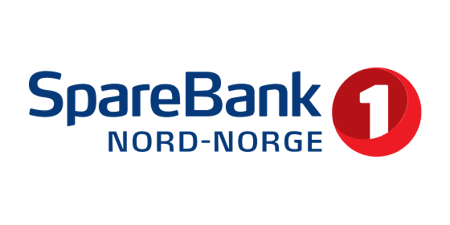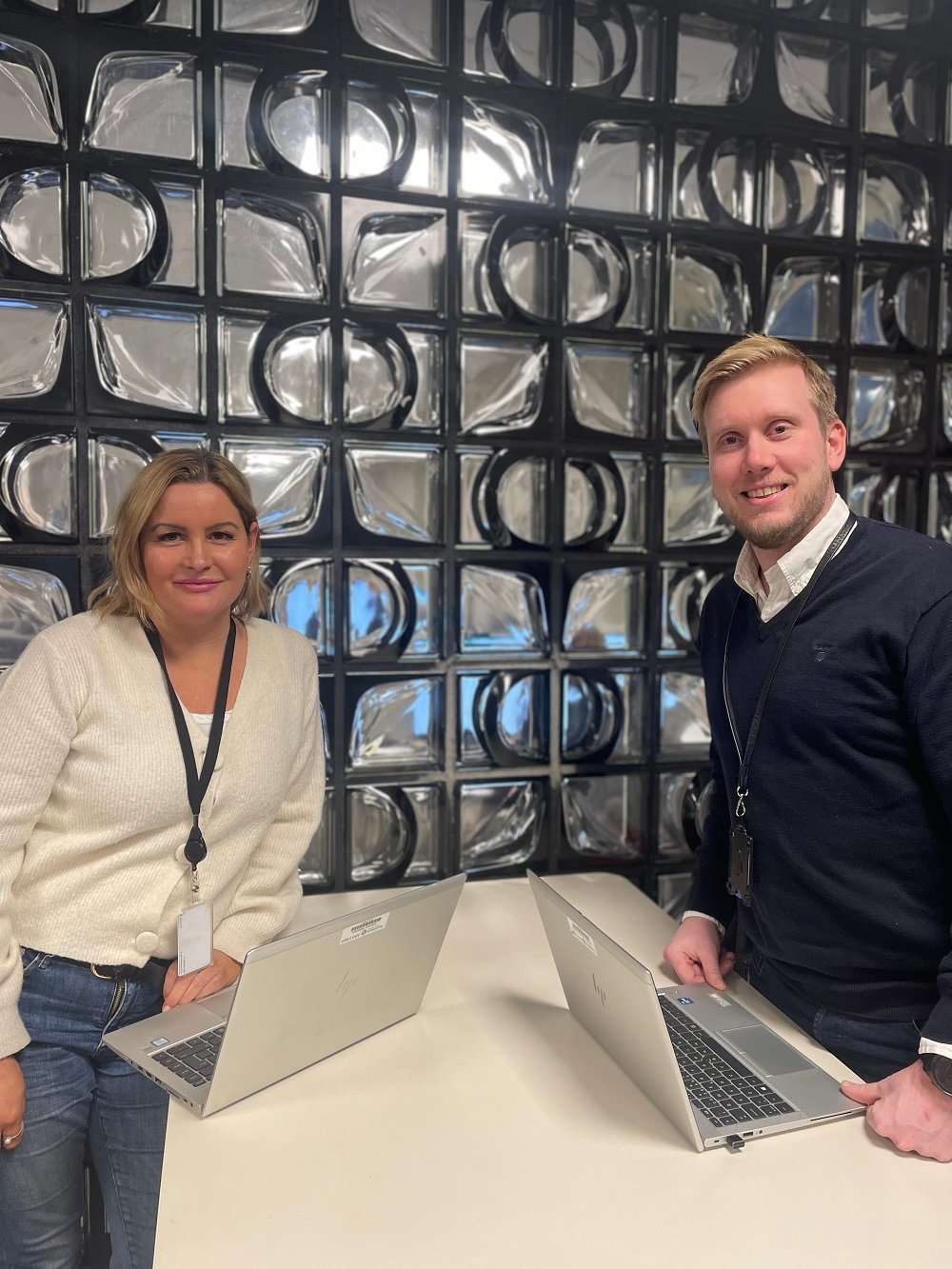
Client:SpareBank
Region:Europe
Industry:Banking and Financial Services
Renegade RPA supports the banking industry in northern Norway

25
automations
20
attended robots
70%
mistakes were cut
80%
speed increase
Client Overview
The SpareBank 1 alliance is a collaboration between 13 Norwegian banks under a single brand. It’s one of the country’s biggest regional financial services companies, offering everything from consumer accounts and business banking to loans and pensions.
SpareBank 1 Nord-Norge has grown in step with the development of the local communities and the region. In the new century, Northern Norway boasts progressive businesses ranging from aquaculture and fishing to high tech and tourism.
But the business does far more than this, offering a wide range of financial services to different markets. This creates a huge volume of manual paperwork, data entry and administration that saps the time and energy of staff as they strive to deliver for customers.
As a result, the business began to invest in robotic process automation (RPA) in 2016. It built a Center of Excellence (CoE) at the heart of the bank to embed the technology throughout the company. It had a remit to prioritize requests and focus on large scale projects across the entire enterprise.
The rebels act
And here begins the renegade story of RPA at SpareBank 1 Nord-Norge – one where UiPath software has been adopted on an unofficial basis to come to the rescue of staff. In 2019, Catherine Pettersen was working on improvement and efficiency in one of the largest departments, overseeing customer service and product management.
“Customers often waited a long time,” she says, reflecting on service levels. “We asked for help from the CoE, but they needed to focus on larger scale automations, so we decided to act ourselves. After attending a UiPath conference we decided to try. We did a few tests and decided that this was something we wanted to work with. We got permission to buy some licences and started up.”
It was as simple as that. No grand plan. No handwringing. No barriers. It was a true grass-roots implementation.

“We started small,” Pettersen explains. “But the difference was big.” Her team oversaw requests from business customers for online banking. This process required lots of paper documents, manual checks, and hand-typed data entry.
“Each transaction took an average of six minutes,” she says. With about 2,500 requests a year, this added up to over 250 hours of laborious work that was often prone to human error. So, we built an automation ourselves.
With our new robot, we managed to increase speed by 80 percent and cut mistakes by 70 percent.
Catherine Pettersen • Automation Manager at SpareBank
“People loved it. The process had previously involved copying and pasting and now they could hand it all over. The production-team had one day every week where they managed the attended robots. One of the co-workers actually said, “this is my favorite day of the week,” Pettersen remembers with a smile.
Expanding the renegade network
The success prompted the small UiPath team to develop a further 10 automations, supporting other departments dealing with consumer accounts. “We created robots to help with ordering cards, opening accounts and more. They took on manual work and the teams were happier as a result.”
Their rebel campaign was working. Which led her to contact a colleague in the Credit department, Øyvind Kolstad, a credit advisor. “I manage loan defaults and bankruptcies,” he explains. “While we have lots of manual reports to create and check, we were not prioritized by the CoE. So, I learnt how to build my own robots.”

Kolstad’s first automation related to a list of all securities and assets the department holds. “About 17,000 of them had incorrect data and needed to be changed manually. I built an automation that fixed the list in a day. I had to ask for 15 minutes of help from the CoE, but they were happy to help.”
Kolstad showed his boss what he’d done. “He was hyped,” he laughs. “He asked me to reuse the robot to clean up lots of other records.” He got to work, updating the automation to work with the different tasks.
It’s not just changed my working day, but my whole department’s working year. I’ve been lucky that my boss understands the value of RPA. This has allowed me to dedicate time to automations.
Øyvind Kolstad • Credit Advisor at SpareBank
Citizen developers
Pettersen and Kolstad now see themselves as citizen developers, leading a grass-roots RPA movement in the company. And it’s getting noticed. “My colleagues think I’m doing magic. But it’s not hard. You can learn plenty just by being curious,” Kolstad muses.
In total, the UiPath Team has created 25 of their own automations, not including those built for tasks that come and go. “We named one Lona Lisa. Like the famous painting, Mona Lisa, but this one manages loan applications,” she says with a grin.
What’s more, they’ve ensured strong governance and recruited another colleague in the business to support them. Their workmates love the help this offers. “People love it when they don’t has to do something repetitive and time-consuming,” Kolstad adds.

While they started as renegades, finding and developing their own automations, the UiPath team has been welcomed by staff and the CoE alike. “Our colleagues never worried that we were introducing robots to take their jobs,” she reassures.
We told them a robot could never replace a person. It can take on the copying and pasting, but humans still need to make decisions and manage the automation. Also, we believe that skilled people shouldn’t has to do dull jobs. RPA allows them to do more interesting things.
Øyvind Kolstad • Credit Advisor at SpareBank
Meanwhile, the CoE has been happy to see citizen developers thrive while it focusses on larger projects. “We have meetings and all three of us got together recently. The CoE is happy that we’re spreading the word about automation and has welcomed our work.”
What the future holds
Looking to the future, the team is keen to see more citizen developers join them while working with the CoE to further integrate with their plans. They'll also invest in more UiPath software. “To date, we’ve just used the basic packages. We kept track of our impact with a spreadsheet, but in the future will invest in Insights, to see how we’re saving the business time and money. We’ll also consider Automation Hub and other apps,” Pettersen explains.
The team also intends to develop more unattended robots. “All my automations have been attended so far,” Kolstad adds. “This is because people needed to see what they were doing to build trust and confidence that nothing would go wrong. Now we’ve achieved that, we can get the robots working on their own.”
When asked what advice she’d offer others considering their own renegade RPA journey, Pettersen says, “Involve IT /security. While we were separate to the main CoE at first, we needed to have their blessing to do this properly.”

“Then start playing. It’s so fun; so easy. What’s the worst than can happen? Anyone who does it can achieve a huge amount. But you do need to put in a little effort and be tech-savvy.”
Unlike some large-scale, strategic uses of RPA, SpareBank 1’s renegades have taken a vastly different, organic approach. But the outcomes have been just as impressive, albeit on a scale proportionate to the time they can commit to automation. It’s helped everyone from bank staff to mortgage holders and bigger business customers.
In Pettersen’s words, “We’ve only just started. Come back in a year and see what we’ve achieved.”
Ready for your own case study?
Speak to our team of knowledgeable experts and learn how you can benefit from agentic automation.
